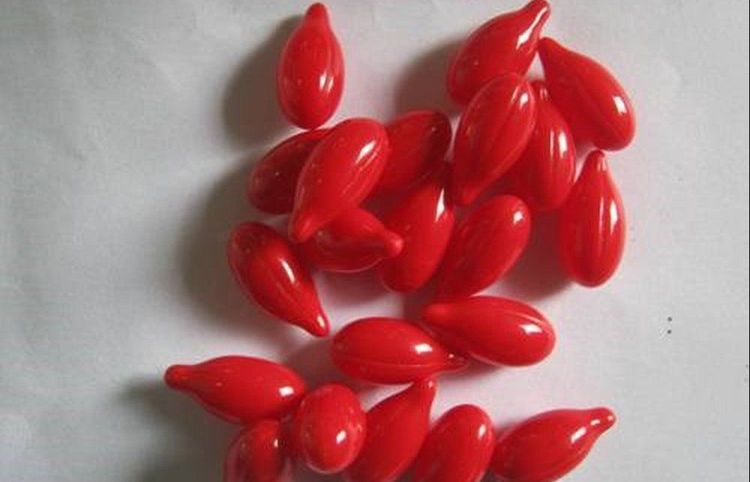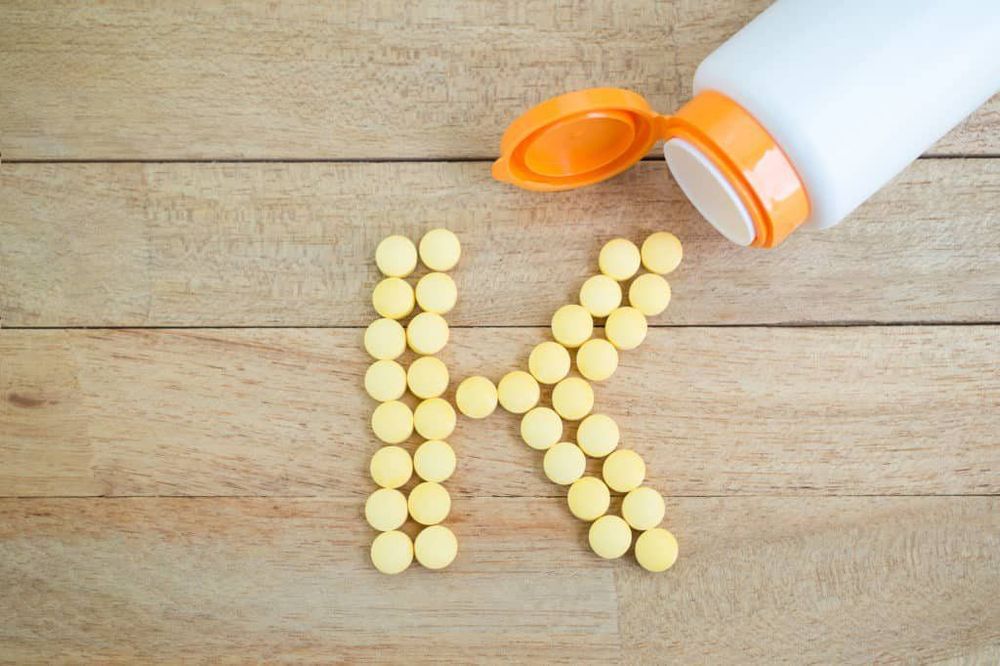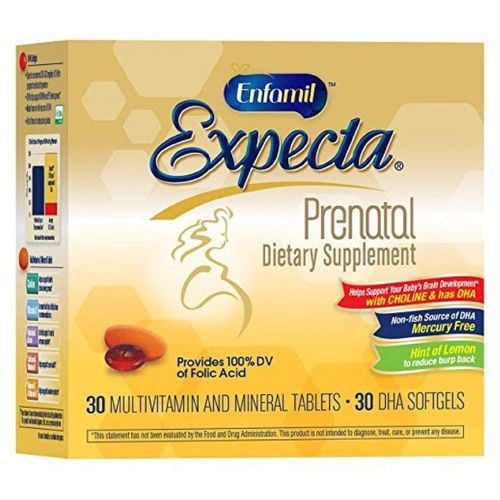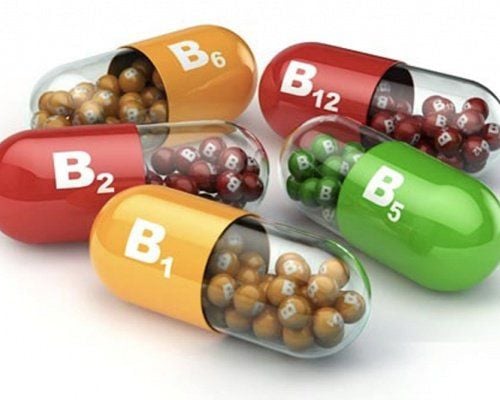This is an automatically translated article.
Fat-soluble vitamins have a very important role in helping people protect eyesight, support blood clotting, develop bones and especially prevent cancer, so if the body lacks this vitamin, it will increase blood pressure. the risk of eye diseases, bones and joints, cancer,..
1. The role of fat-soluble vitamins in the human body
To maintain the proper functioning of the health protection functions, the human body needs a variety of vitamins. Vitamins are divided into two types, water-soluble vitamins and fat-soluble vitamins.
Fat-soluble vitamins are absorbed into the body through adipose tissue and fat. Therefore, if the body cannot absorb fat, the body will lack these vitamins. Because fat-soluble vitamins have a very important role in helping people protect eyesight, support blood clotting, develop bones and especially prevent cancer, so if the body lacks this vitamin, it will cause problems. increase the risk of eye diseases, bones, joints, cancer,...
Note, because the absorption of oil-soluble vitamins requires bile acids as emulsifiers, so for high efficiency, The group of fat-soluble vitamins should be used at or after meals.
2. Oil-soluble vitamins
2.1. Vitamin A
Vitamin A is one of a group of fat-soluble vitamins, vitamin A plays a role in the maintenance of healthy vision, is essential for tear formation and light perception. Besides, vitamin A is also essential for the development and growth of growth cells in children and helps maintain fertility, fetal development, most importantly, increase muscle immunity. body.
However, in some cases, vitamin A overdose will lead to vitamin A poisoning with symptoms such as headache, fatigue, especially in pregnant women, vitamin A poisoning can cause allergies in children. congenital. Therefore, in order to avoid vitamin A poisoning, experts recommend that the dose of vitamin A should change according to age and sex as follows:
Newborns (0 - 12 months): The dose of vitamin A is from 400 - 500 micrograms (mcg); Children from 1 to 3 years old: The dose of vitamin A is 300 mcg; Children from 4 to 8 years old: The dose of vitamin A is 400 mcg; Children 9-13 years old: Vitamin A dosage is 600 mcg; Adult women: The dose of vitamin A is 700 mcg; Adult Men: The dosage of vitamin A is 900 mcg. 2.2 Vitamin E
This is an antioxidant vitamin that can help the body destroy unstable atoms that can cause cancer. In other words, vitamin E can help the body prevent cancer. Vitamin E contains 8 antioxidants and is divided into two groups as follows:
Tocopherol group: This group includes Alpha-tocopherol, gamma-tocopherol, beta-tocopherol and delta-tocopherol. Tocotrienol group: Includes Alpha-tocotrienol, gamma-tocotrienol, beta-tocotrienol and delta-tocotrienol. When there is a vitamin E deficiency, the patient will have some symptoms such as numbness in the limbs, weakness and muscle tremors or signs of difficulty seeing and walking.

Vitamin A là một trong nhóm vitamin hòa tan trong chất béo
Children aged 0 - 6 months: The dose of vitamin E is 4 milligrams (mg); Children from 7 to 12 months old: The dose of vitamin E is 5 mg; Children from 1 to 3 years old: The dose of vitamin E is 6 mg; Children from 4 to 8 years old: The dose of vitamin E is 7 mg; People 14 years and older: The dose of vitamin E is 15 mg; Breastfeeding: The dose of vitamin E is 19mg. 2.3. Vitamin D
A vitamin produced by the body when the skin is exposed to sunlight. Therefore, the role of vitamin D is to maintain and develop bone health, so a deficiency of this fat-soluble vitamin will make patients prone to bone fractures and this vitamin is classified into 2 main types. as follows:
Vitamin D2: This vitamin is commonly found in some plants and fungi; Vitamin D3: Vitamin D3 is found in foods of animal origin, which are produced when the skin is exposed to sunlight. In addition to supporting the growth and maintenance of bones, promoting the absorption of minerals from the diet, vitamin D also helps regulate and enhance immune system function. Therefore, if vitamin D is deficient, the body will be tired, lose hair, weak muscles and the body are susceptible to infections, poor recovery from illness, high risk of osteoporosis and bone fractures, so it is necessary to supplement. adequate vitamin D daily.
However, vitamin D supplements need to be in the right dosage, because an overdose of vitamin D can lead to poisoning, causing the body to increase blood calcium, which in turn leads to symptoms such as weight loss, headache, nausea. , high blood pressure and worse, kidney and heart damage. Therefore, when using vitamin D, experts recommend using with daily dosage as follows::
Newborns (0 - 12 months): Vitamin D dose is 10 mcg; People from 1 to 70 years old: The dose of Vitamin D is 15 mcg; People over 70 years old: The dose of Vitamin D is 20 mcg. Besides, this fat-soluble vitamin can be supplemented through daily diet such as: fatty fish, fish oil, mushrooms or dairy products fortified with vitamin D.
2.4. Vitamin K
This is a vitamin that aids blood clotting, so it can stop bleeding from wounds. In addition, vitamin K can also reduce the risk of cardiovascular diseases, maintain bone health as well as reduce the accumulation of calcium in the blood. This group of fat-soluble vitamins is divided into two main groups as follows:
Vitamin K1: This is a fat-soluble vitamin found in foods of plant origin. Vitamin K2: Vitamin K2 is commonly found in fermented soy products and foods of animal origin. In addition, the intestinal bacteria in the large intestine also produce this vitamin. However, often vitamin K is not stored in large amounts in the body, so people are prone to vitamin K deficiency, which leads to decreased bone density, fractures and more bleeding. But similar to fat-soluble vitamins, an overdose of vitamin K can lead to toxicity. In particular, the natural forms of vitamin K do not have symptoms of toxicity, so it is difficult to recognize, while in the synthetic form, it can cause some side effects. Therefore, the recommended dose of vitamin K is as follows:
Children aged 0 - 6 months: The dose of Vitamin K is 2 mcg; Infants from 7 to 12 months old: The dose of Vitamin K is 2.5 mcg Children from 1 to 3 years old: The dose of Vitamin K is 30 mcg; Children from 4 to 8 years old: Vitamin K dose is 55 mcg; Children from 9 to 13 years old: The dose of Vitamin K is 60mcg; Children 14-18 years old: Vitamin K dose is 75 mcg; Adult women: The dose of Vitamin K is 90 mcg; Adult Men: The dose of Vitamin K is 120 mcg;

Vitamin K còn có thể làm giảm nguy cơ mắc những bệnh lý về tim mạch
For the body to maintain good health, fat-soluble vitamins A, D, E and K are essential. However, only small amounts of vitamins A, D, E and K are needed because the human body does not consume these fat-soluble vitamins every day, but stores them in fatty tissue and the liver when not in use. Therefore, if stored in the body for a long time, there will be a high risk of poisoning. Therefore, it is only necessary to build a balanced diet to fully supplement these fat-soluble vitamins, if using supplements, it is necessary to consult a doctor before taking.
Please dial HOTLINE for more information or register for an appointment HERE. Download MyVinmec app to make appointments faster and to manage your bookings easily.













